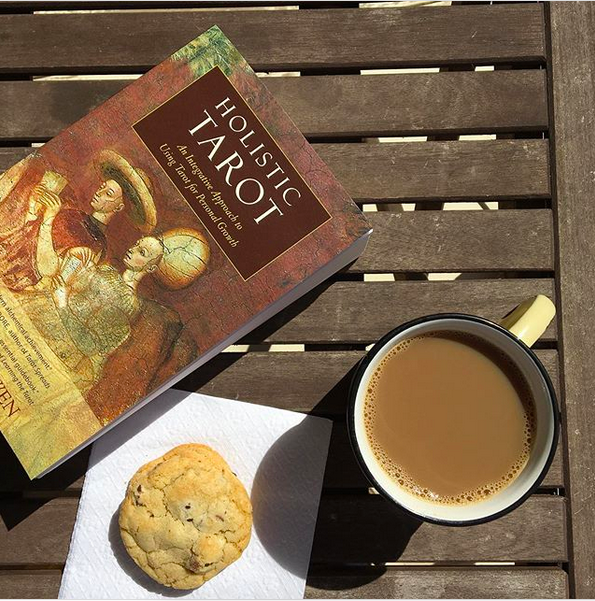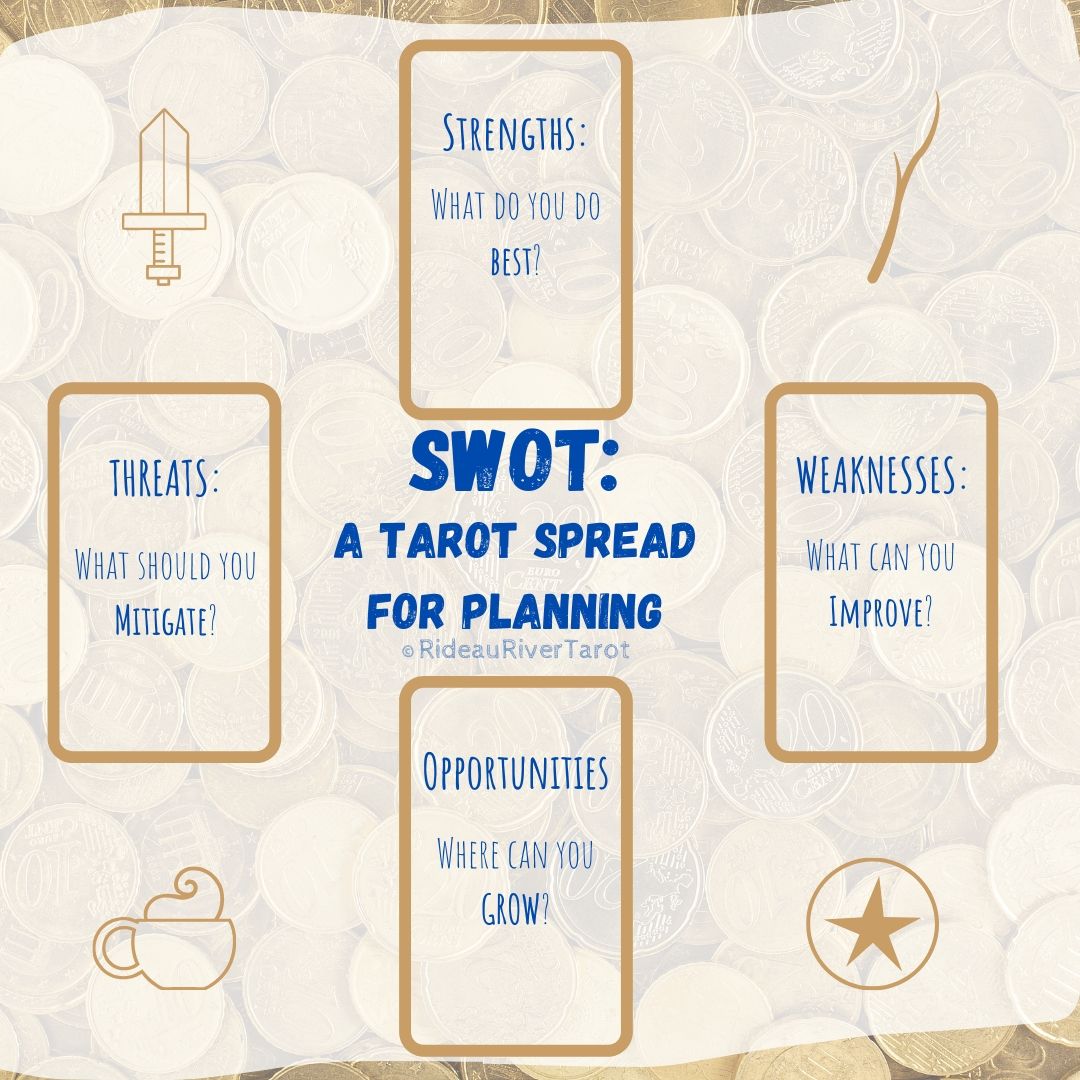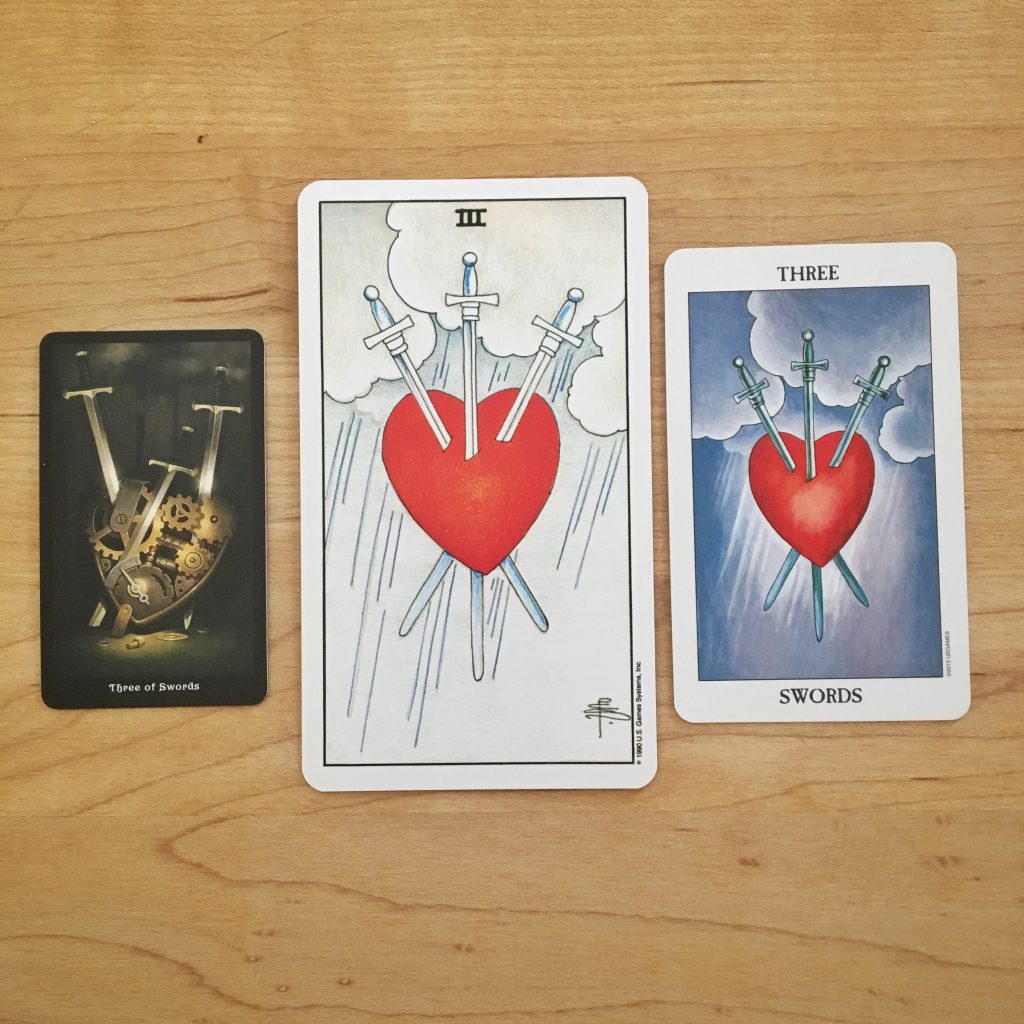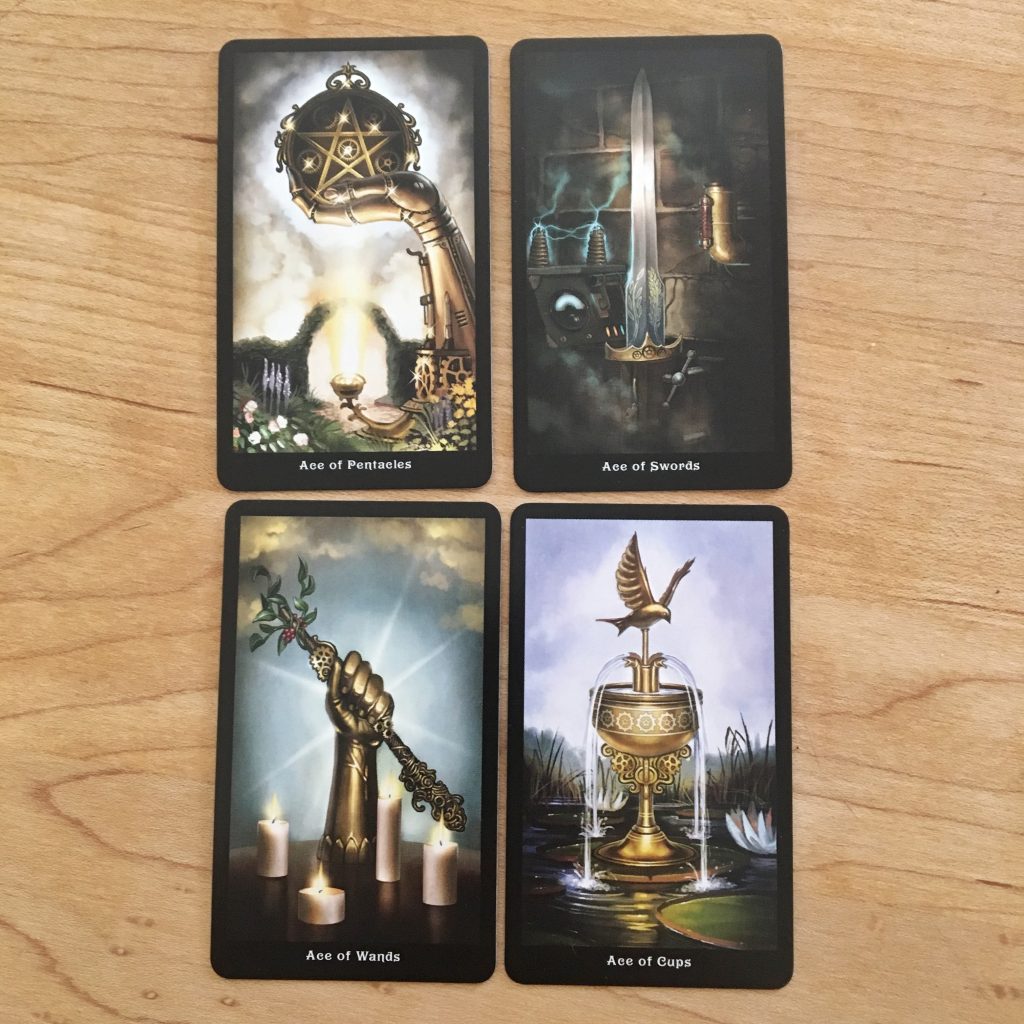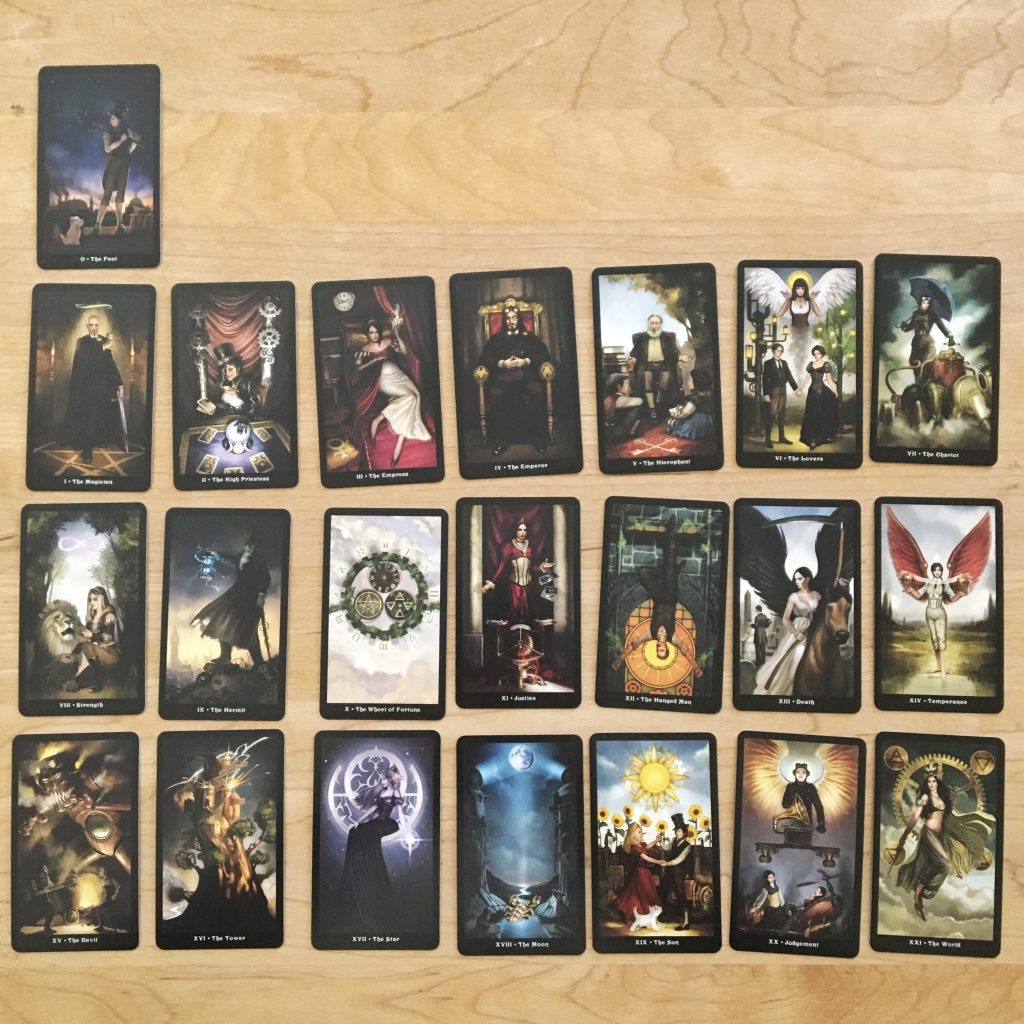At well over 800 pages, Holistic Tarot by Benebell Wen is a brick of a book, and is truly a soup-to-nuts tarot reference booked chock full of history, facts and helpful information for tarot enthusiasts of every level of experience. However, the pedantic tone of the author wears a little thin through the first several hundred pages. And it feels like maybe the author tried a bit too hard to aim for a scholarly, intellectual study of the tarot, eliminating the magic along the way.
TL;DR? Too much swords, not enough cups and wands. 😉
The first chapter had me hooked. The author and I are in complete agreement about the nature of tarot cards and how they work. Throughout the first chapter, I underscored and made asterisks and boxes and made copious exclamations in the margins. Choosing just one pull quote to share was a task, but I particularly like this one that explains the author’s opinion on how exactly tarot works:
When we study the imagery and symbols on the cards in a tarot spread, we activate our imagination. That imagination then activates our intuition, which is often the only instrument we have that channels a clear path for us to the truth of a matter.
Benebell Wen, Holistic Tarot
I love this, and I love how she likens consulting tarot to consulting a friend or confidant. I nodded along vigourously to the the author’s explanations of how she views and uses tarot for personal growth, and I enjoyed the history of tarot in the second chapter, too. It’s not that I didn’t enjoy the rest of the book, I just found that it was a lot of information presented in a relentlessly overbearing style. The author has very clear ideas about how the tarot is or is not used, and doesn’t brook much argument or leave any room for dissension.
I think it was the section on spreads that lost me. My own approach to tarot is very flexible and utterly without dogma or ritual. I was reading a thread in a Facebook group recently about rituals and how one prepares for the act of a tarot reading. People talked about meditating, cleansing rituals, channelling spirits, and using crystals or other talismans, and for me, the extent of preparing for a reading involves giving the table a good swipe to make sure I get the crumbs out of the way. Benebell Wen advises a very disciplined and rigorous approach to the tarot, whereas I’m a little more “whatever works for you, it’s your practice” in my philosophy.
There’s a lot of solid tarot information in this book, and just about every facet of tarot seems to be at least touched upon. But for such a magical art, it’s a surprisingly dry tome. If I had to choose between the breezy, esoteric woo of Rachel Pollack’s 78 Degrees of Wisdom and the encyclopedic collection of facts that is Holistic Tarot, I think I’d lean more toward Rachel Pollack’s approach. I’m glad to have both books on my shelf, though, and I know I’ll go back to each of them in different circumstances as I progress on my tarot journey.
Have you read this one? What did you think?

